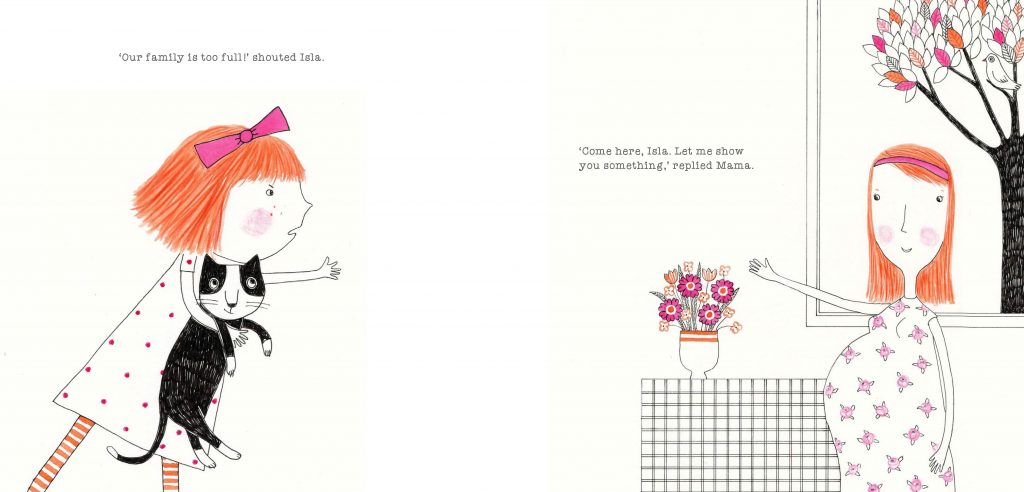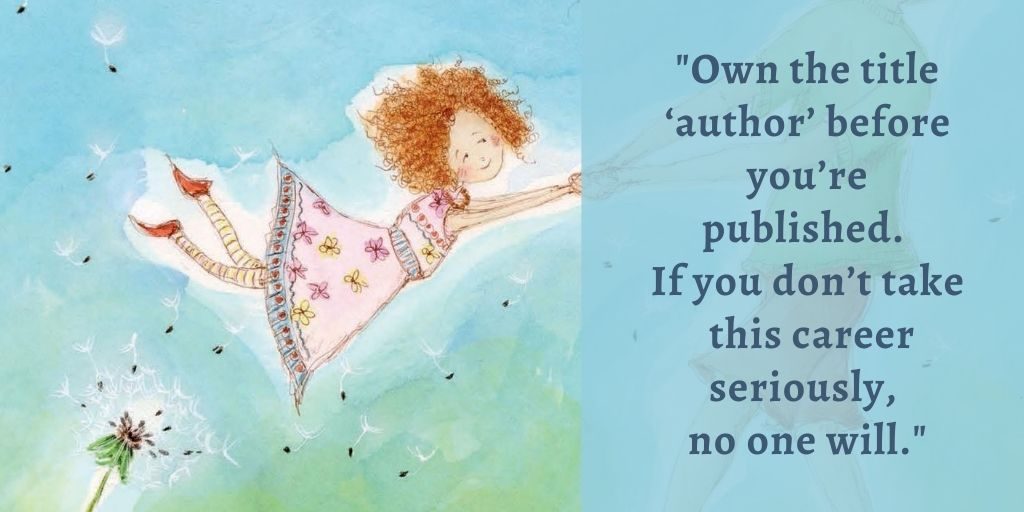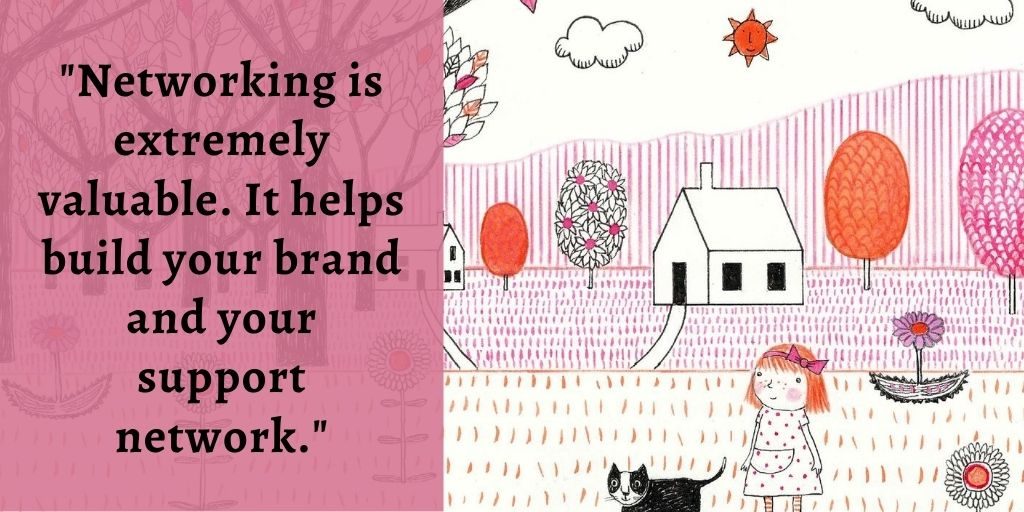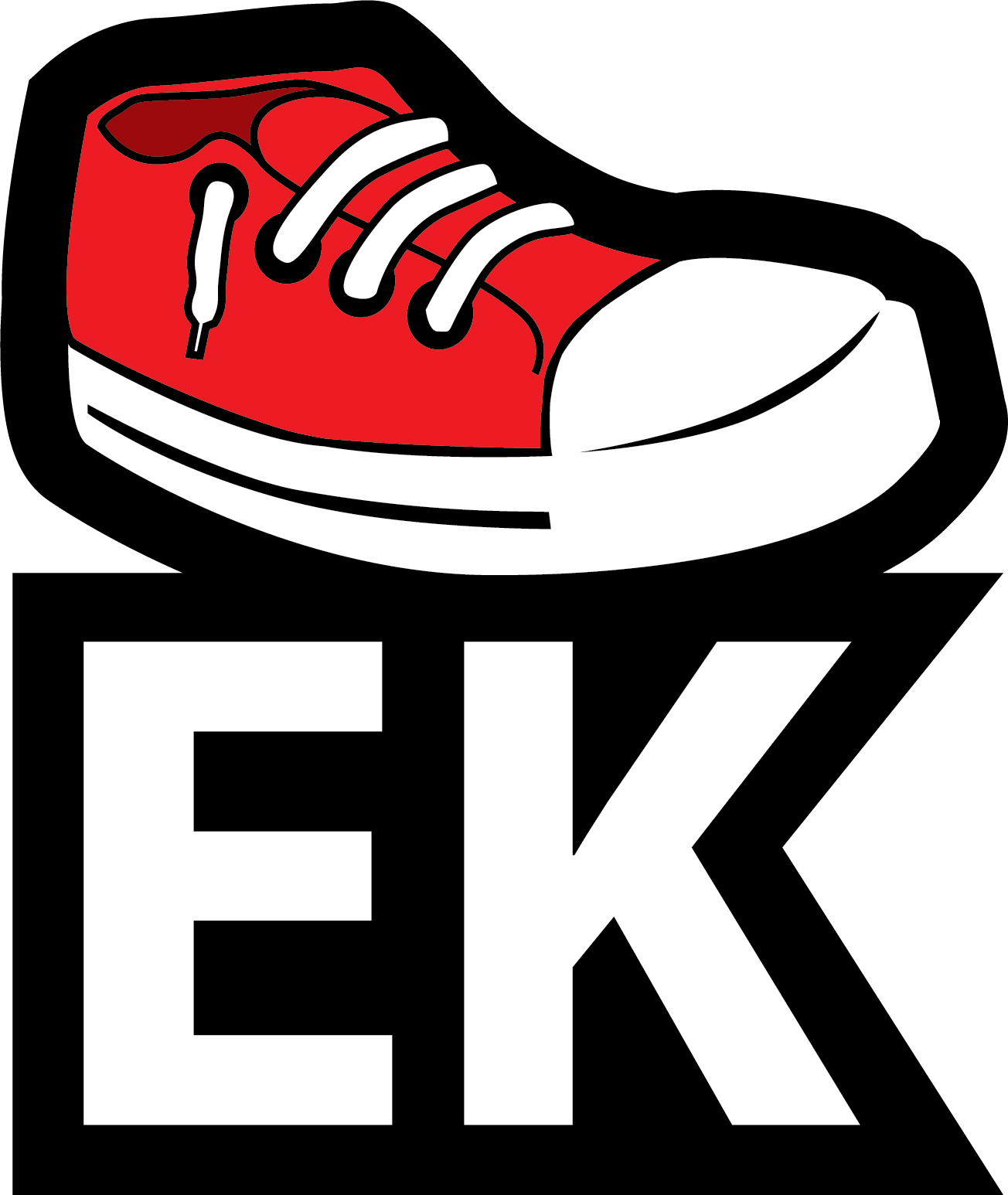Katrina McKelvey is a children’s author, former primary school teacher, wife, and mother to two tweenagers and a cocker spaniel! Katrina has written many children's picture books and educational readers including No Baths Week, Up To Something, Dandelions, Isla’s Family Tree (April, 2020), and Chasing Rainbows (August, 2020). For such a prolific children's author, it might surprise you to know that she was a bit of a reluctant reader as a child. It wasn't until she was older that she discovered the pleasure of reading. Nowadays, her passion is helping children discover a love of reading, and her own kids are practically drowning in reading material!
Since becoming a children’s book author, Katrina has immersed herself in the book world and is highly involved in The Children’s Book Council of Australia and The Society of Children's Book Writers and Illustrators (SCBWI). She also loves attending literary conferences, writing festivals, and visiting schools. In this interview, Katrina shares not only how she became a children's book author but how she's made it her career.

What inspired you to write Isla’s Family Tree?
Isla, the main character, has been with me since 2012. And the very first line I wrote (which never made it into the final story) was: Come along and climb with me, up and down my family tree.
At that time, my son was five years old. My grandmother had passed just before Mother’s Day in 2012 and I found it interesting how complicated it was to explain to him how four generations connected together – and that was only a small part of our family. Around the same time, my sister-in-law was studying my husband’s family tree. We had wonderful family discussions about his family history.
I wrote down some scribbles in 2012 and seriously started writing Isla’s story in late 2014. My story was finally published in 2020.

Isla’s family Tree is not your first children’s book. What made you want to become a children’s book author in the first place?
I started my adult life as a primary school teacher. Since I was four years old I knew I wanted to be one and be with children. I worked very hard as a teacher and I loved providing and sharing learning experiences with my students.
After ten years of putting my heart and soul into my career, I needed a break. And I was ready to have my own children. So, I left teaching and became a full-time mum. I stayed home with my two munchkins for five years while I worked out what I wanted to do next. Whatever it was going to be, I knew it had to be creative and relate to children. I was waiting for inspiration or some sort of sign to hit me.
After my daughter’s toddler ballet lessons, we would go and visit the local public library and nearby café. I enjoyed these trips and watching her love of books grow right in front of my eyes. I remember looking at the picture books and admiring how beautiful some were. Others were dreadful! So, I challenged myself to write my own books. After all, I believed writing for children would perfectly combine my life as a teacher and mum, and let me be creative as well.
That was in 2011. And in 2015 my first book, ‘Dandelions’ illustrated by Kirrili Lonergan and published by EK Books was released. I’ve had four more picture books published since then, and four educational readers are currently being produced too.

How do you go about building a platform for yourself as a children’s book author?
There are several ways. And at some point, I believe emerging/beginning authors need to do most, if not all of these things.
- Start building your platform immediately, even if you don’t have a published book.
- Own the title ‘author’ before you’re published. If you don’t take this career seriously, no one will. Write ‘author’ on forms next to the word, ‘occupation’.
- When someone says, ‘So what have you published?’, answer with ‘I’m working on a picture book about … ’.
- Believe in yourself. You can do this if you work hard.
- Be stubborn and resilient. There are ups and downs along the way.
- Network locally. Find all your local authors and illustrators and become friends with them.
- Network globally. Connect with other creatives face-to-face and online all around the country.
- Use social media (personal pages and group pages) to learn about writing, track new releases, follow publishers, and support and follow other creatives. Keep your bios up-to-date and use the same profile photo for all of them.
- Attend as many conferences, festivals, workshops, book launches, and literary events as you can. Talk to people.
- Join organisations such as CBCA, SCBWI, ASA, and your state’s writers centre, and attend their events.
- Create business cards and a simple website. Before you’re published, your website only needs your bio, profile photo, links to your socials, and a contact page.
- Your name is your brand. Protect it.
- Be active in your local community. Volunteer at literary events.
- Remember: writing is a passion, publishing is a business.
What has the experience of becoming a published author taught you?
I have learnt so many things about writing for children and the publishing world in the last nine years. Take your time as it can feel overwhelming at first. There’s so much to learn, but you’ll have lots of fun along the way.
- Writing for children is complicated. Kids are smart!
- You don’t know what you don’t know until you go and get educated in the craft of writing for children, and the process of getting published.
- Your audience is the most valuable thing in the world.
- Kids will pick up messages in your book via the character’s journey and growth. Don’t ‘preach’.
- Language is fun – play with it. Make up words. Have fun with rhyme and rhythm.
- Get your work professionally edited before you submit it to publishers.
- Learn the rules, and then be brave to break them.
- Remember the 6 P’s: Patience, Practice, Perseverance, Persistence
- Support other creatives!
- Read! Read! Read!
- Be professional in the way you approach and pitch to publishers.
- Writing critique groups keep you grounded and are the honest reality you need when it comes to feedback (not your family). They are invaluable! I belong to three. They can be face-to-face or online.
- Connect with other authors and illustrators on social media. Then engage with them. You may cross over at a function and become friends.

What advice would you give to children’s authors who want to get their book noticed?
Be active and have fun, but don’t do anything you’re uncomfortable doing. Not everyone will want to speak at a festival or be the centre of attention at a book launch.
Here are a few tips:
- Connect with publishers on social media and subscribe to their online newsletters.
- Networking is extremely valuable. It helps build your brand and your support network. You will also find lifelong friends along the way - I promise.
- Be polite and professional. Always. Don’t be pushy. Ever.
- Don’t say anything negative about the publishing industry on social media.
- Don’t engage with people who give negative reviews (for example on Goodreads).
- Support your publisher with promoting your book as much as you feel comfortable. Ask them how you can do this if you’re unsure.
- Attend other people’s book launches and get ideas for your own.
- Observe what your favourite authors are doing to promote their books.
- Attend professional courses on how to promote your book.
- Keep your website and socials up-to-date with fresh content.
Lastly, what inspires you to continue writing children’s books?
Lots of things give me those good butterflies that flutter in my tummy. Firstly, children inspire me. When a child engages with me to talk about how my books have affected them in a positive way there are no words. To me, this is the most rewarding part.
Rejections inspire me. This is where my stubbornness kicks in. Reading beautiful books inspire me. I find doing workshops or attending children’s literary events and writing festivals very inspiring too. I love listening to other authors and illustrators tell the story behind their stories. And sometimes inspiration can come from random places and at unpredictable times. Always be ready! You don’t want to miss it. Good luck!



